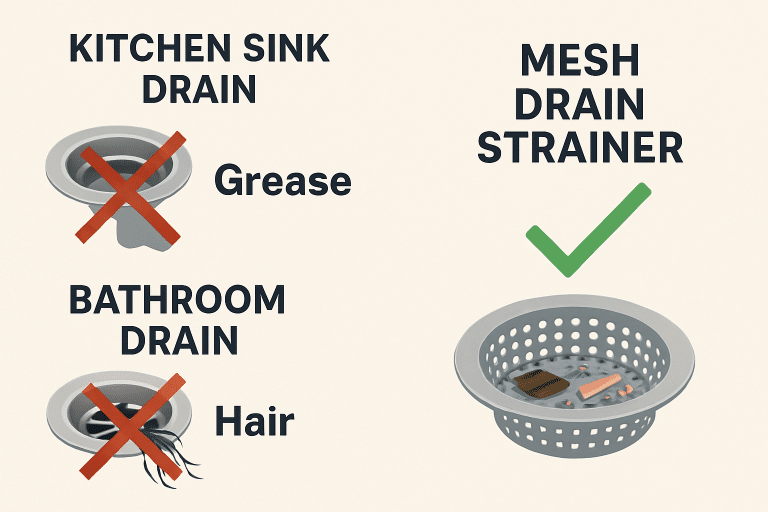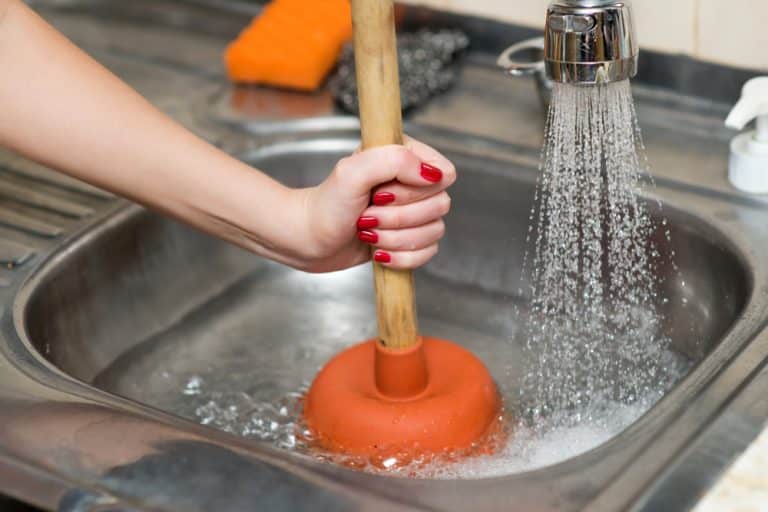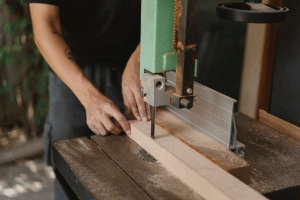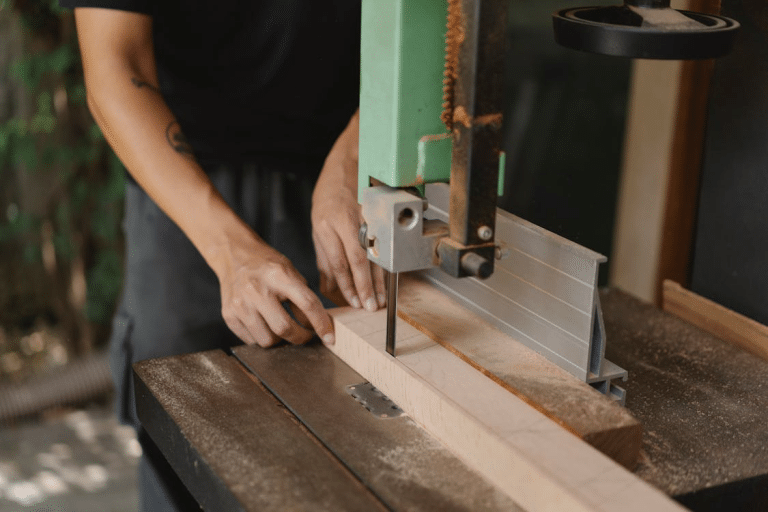Key Takeaways:
- Early detection of drain clogs prevents costly repairs and household disruptions.
- Common warning signs include gurgling sounds, slow drains, foul odors, and water backing up.
- Daily habits like improperly disposing of hair, soap, and grease contribute to blockages.
- Hidden causes include tree roots, soil shifts, and aging or deteriorating pipes.
- Preventative measures—strainers, proper disposal, hot water flushes, and routine maintenance—help clear drains.
- Minor clogs can often be addressed with DIY methods, but persistent or widespread issues require professional plumbing services.
Common Signs of a Drain Clog
When drains aren’t working as they should, they can disrupt daily tasks and signal underlying plumbing problems. Recognizing early warning signs helps you address issues before they lead to bigger headaches or costly repairs. Homeowners in the region often search for solutions like main drain cleaning Central New Jersey as soon as problems arise, emphasizing the importance of swift attention.
Some of the most frequent symptoms of a drain clog include:
- Unusual gurgling sounds: Odd noises from drains often indicate trapped air caused by blockages.
- Slow-draining water: If the water in your sink, tub, or shower lingers longer than it should, buildup in the pipes may be restricting flow.
- Foul or lingering odors: Unpleasant smells usually come from decomposing material stuck in pipes.
- Water backing up: Backflow or pooling water—especially in sinks or showers—means a partial or complete blockage prevents proper drainage.
Everyday Habits That Lead to Clogs
Day-to-day habits can make a big difference in your home’s plumbing health. Seemingly minor actions—like rinsing food scraps or shedding hair down the drain—contribute to cumulative blockages over time. In bathrooms, toiletries, hair, and soap residue are among the chief culprits.

Unseen Culprits: Hidden Causes Behind Persistent Blockages
Not every sewer or drain issue can be attributed to user error or daily habits. Sometimes, the obstacles are out of sight and out of homeowners’ control. Tree roots can infiltrate underground pipe joints for moisture, gradually expanding to create stubborn clogs. Shifting soil—often due to weather changes or settling—can misalign pipes, leading to leaks and blockages.
How Plumbing Materials and Age Play a Role
The materials used in your home’s plumbing directly impact its long-term reliability. Modern piping made from PVC or PEX is more resistant to buildup and tree root invasion. At the same time, older systems—often constructed from cast iron or clay—can deteriorate and become rough inside, trapping debris more easily.
Preventative Habits to Keep Drains Clear
Prevention is key to avoiding drain clogs and future stress. Start with a few practical dos and don’ts:
- Do use mesh strainers or guards in kitchen and bathroom drains to catch hair and food debris.
- Don’t pour cooking grease, fats, or oils down the sink. Instead, allow them to cool and discard them in the trash.
- Don’t flush anything besides waste and toilet paper; “flushable” wipes and feminine hygiene products are frequent offenders.
- Do run hot water through kitchen drains weekly to break up accumulating grease, and periodically clean stoppers and strainers to remove trapped material.
The Value of Regular Home Maintenance
Routine maintenance can drastically reduce the risk of clogs. Scheduling annual or semi-annual drain cleanings, combined with on-the-spot checks for leaks or slow drains, can prevent minor issues from becoming emergencies.
The New York Times’ plumbing maintenance tips recommend homeowners learn where the main water shutoff is located and watch all visible plumbing for early warnings. Persistent or widespread drain problems, bubbling in multiple fixtures, or a sudden spike in water bills are signs that a professional plumber should be called for a thorough inspection.
Simple DIY Solutions for Minor Clogs
Many minor drain problems can be tackled independently with readily available tools, such as a plunger, a plumber’s snake, or a hand-crank auger. Start with hot water or a baking soda and vinegar solution to dissolve simple blockages, and avoid harsh chemical drain cleaners, which can damage pipes and harm the environment. If home remedies don’t resolve the issue, or if you notice repeat occurrences, professional equipment and deeper inspection may be needed.
Knowing When to Call in an Expert
Not all clogs are easily cleared. Red flags for professional help include persistent or multiple blocked drains, sewage odors, visible water damage, or signs of pipe collapse, like wet patches in your yard. Ignoring these problems risks expensive repairs, property damage, and even health hazards from mold and bacteria. Taking timely action ensures peace of mind and the continued performance of your home’s plumbing system.
Conclusion
Recognizing the signs of a drain clog and its causes is key to maintaining a healthy, functional plumbing system. By practicing preventative habits, performing simple DIY fixes, and calling a professional when necessary, homeowners can avoid costly repairs, minimize disruptions, and ensure their drains operate smoothly year-round. Timely attention to plumbing issues, including main drain cleaning, safeguards your home and peace of mind.













